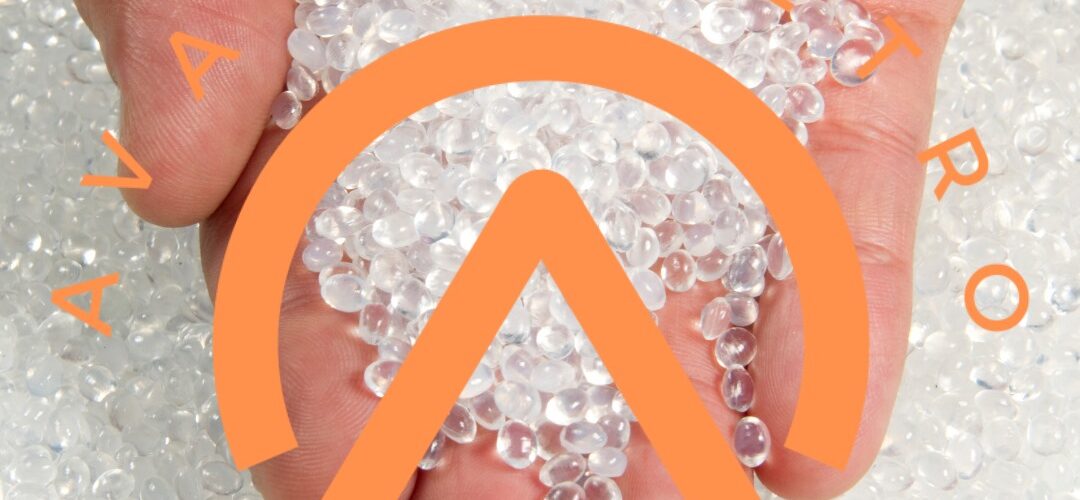Unlocking the Wonders of Acrylic Polymers (Polymethylmethacrylate)
Introduction
Acrylic polymers, specifically Polymethylmethacrylate (PMMA), have emerged as versatile compounds with a myriad of applications across various industries. In this comprehensive guide, we delve into the intricacies of acrylic polymers, exploring their properties, applications, and the undeniable impact they have on modern manufacturing.
Understanding Acrylic Polymers
Acrylic polymers, such as PMMA, are synthetic resins derived from acrylic acid. These polymers exhibit exceptional transparency and strength, making them a preferred choice in a multitude of applications. The molecular structure of PMMA contributes to its remarkable durability, optical clarity, and weather resistance.
Key Properties of PMMA
- Transparency: PMMA boasts optical clarity comparable to glass, making it an ideal material for transparent applications.
- Durability: The molecular structure of acrylic polymers imparts robustness, ensuring longevity in various conditions.
- Weather Resistance: PMMA is resistant to UV radiation and harsh weather conditions, maintaining its integrity over time.
Applications Across Industries
Architecture and Construction
In the realm of architecture, PMMA has revolutionized the way designers approach building materials. Its transparency and durability make it a preferred choice for skylights, windows, and architectural panels, allowing natural light to permeate while ensuring structural integrity.
Automotive Innovations
The automotive industry has embraced PMMA for its lightweight nature and impact resistance. Acrylic polymers find applications in headlights, tail lights, and interior components, contributing to both safety and aesthetics.
Art and Design
Artists and designers appreciate PMMA for its versatility. Its moldability and transparency provide a canvas for creative expression, resulting in stunning sculptures, furniture, and decorative elements.
Advantages Over Traditional Materials
Glass vs. PMMA
Traditionally, glass has been the go-to material for transparency, but PMMA surpasses it in many aspects. Not only is acrylic lighter than glass, reducing the overall weight of structures and products, but it also exhibits superior impact resistance, making it a safer choice in various applications.
Metals vs. PMMA
In comparison to metals, PMMA stands out for its corrosion resistance and lower manufacturing costs. The ability to mold acrylic polymers into intricate shapes also gives it an edge in design flexibility.
Innovations and Future Trends
As technology evolves, so does the application of acrylic polymers. Ongoing research focuses on enhancing the thermal stability of PMMA and exploring new methods for its synthesis. These advancements promise to expand the already broad spectrum of applications for acrylic polymers.
Conclusion
In conclusion, acrylic polymers, particularly Polymethylmethacrylate (PMMA), have emerged as a game-changer in various industries. Their exceptional properties, diverse applications, and advantages over traditional materials position them as a cornerstone of modern manufacturing and design.
Written by Emir Narin

